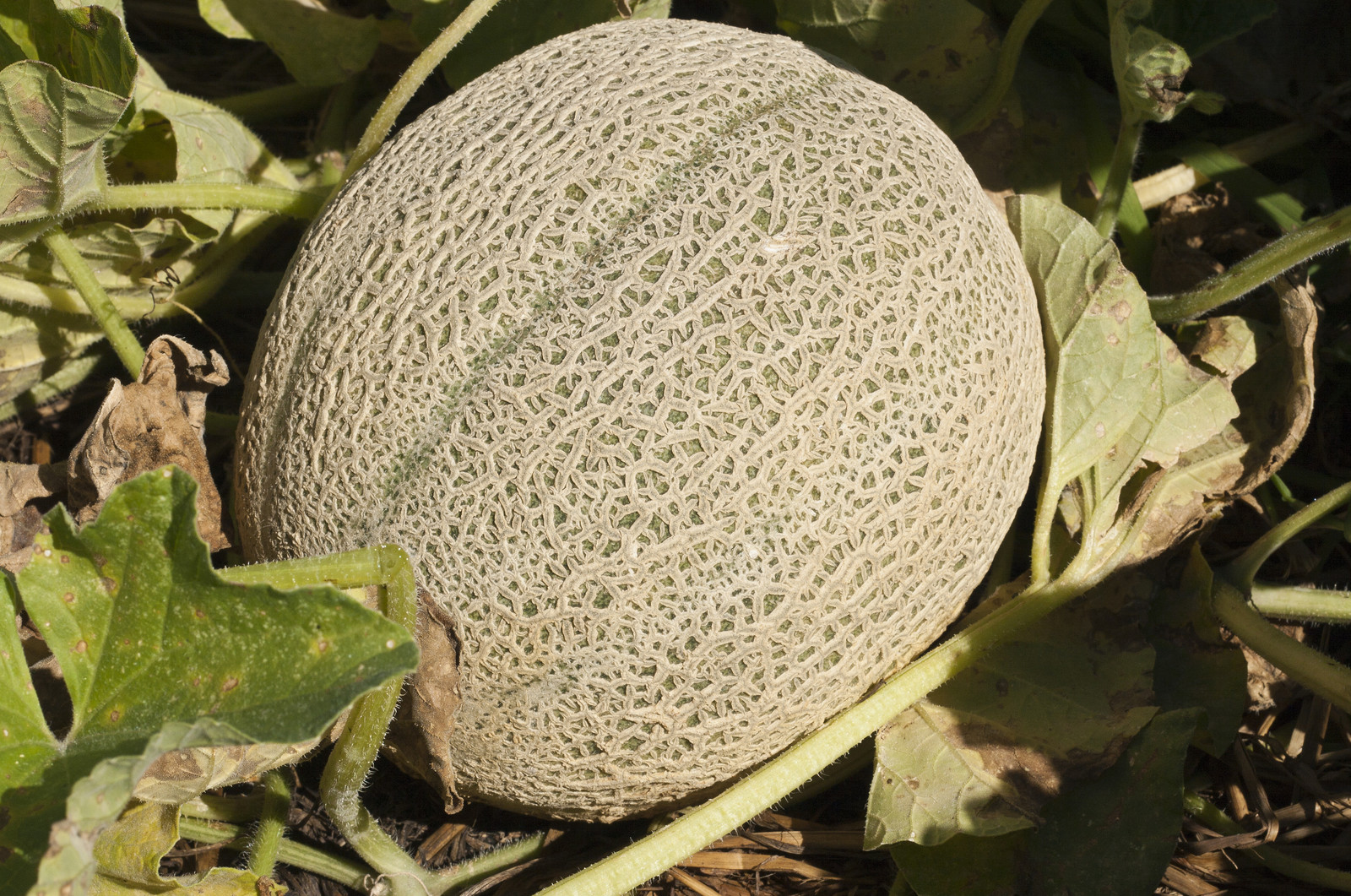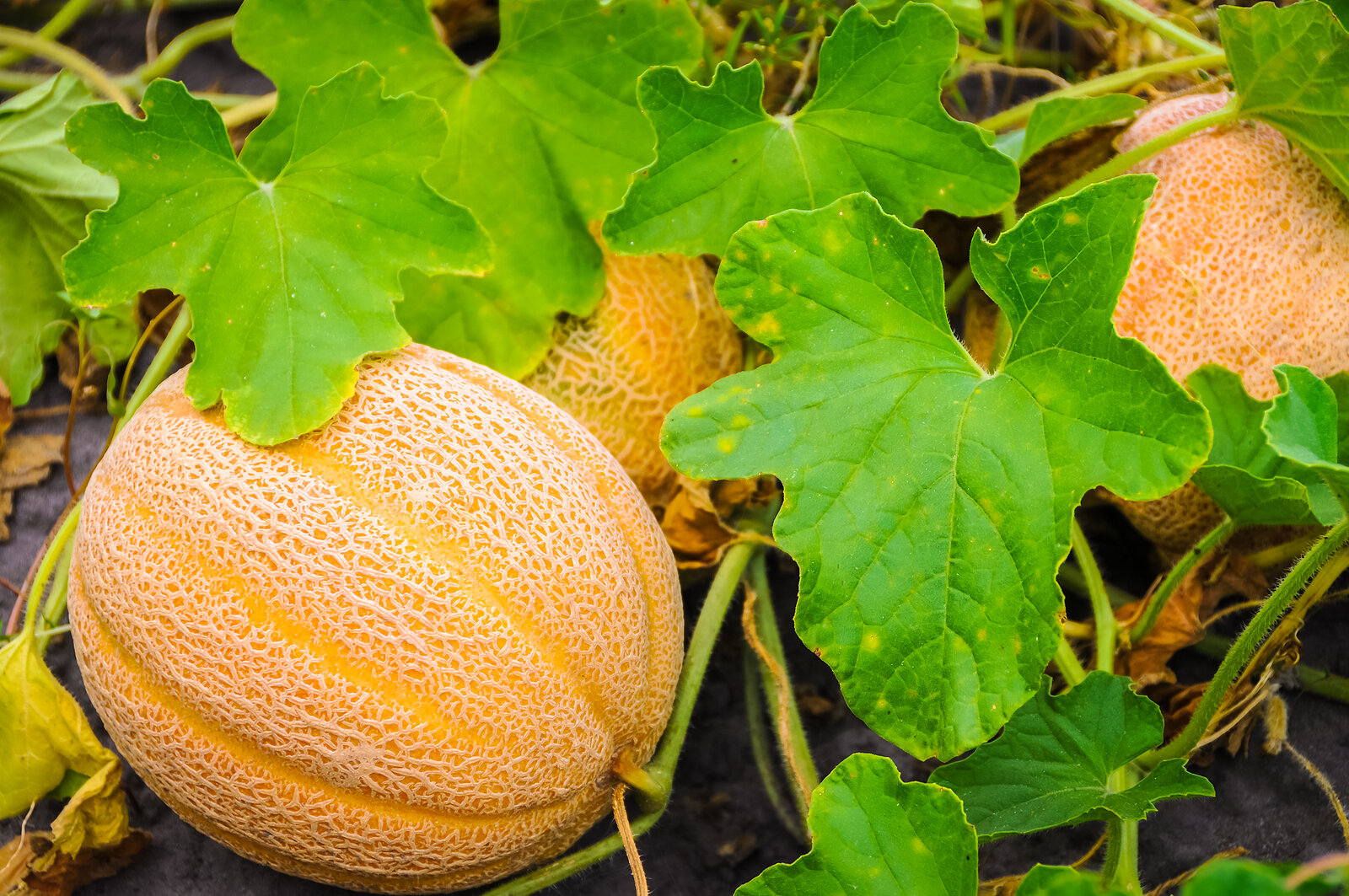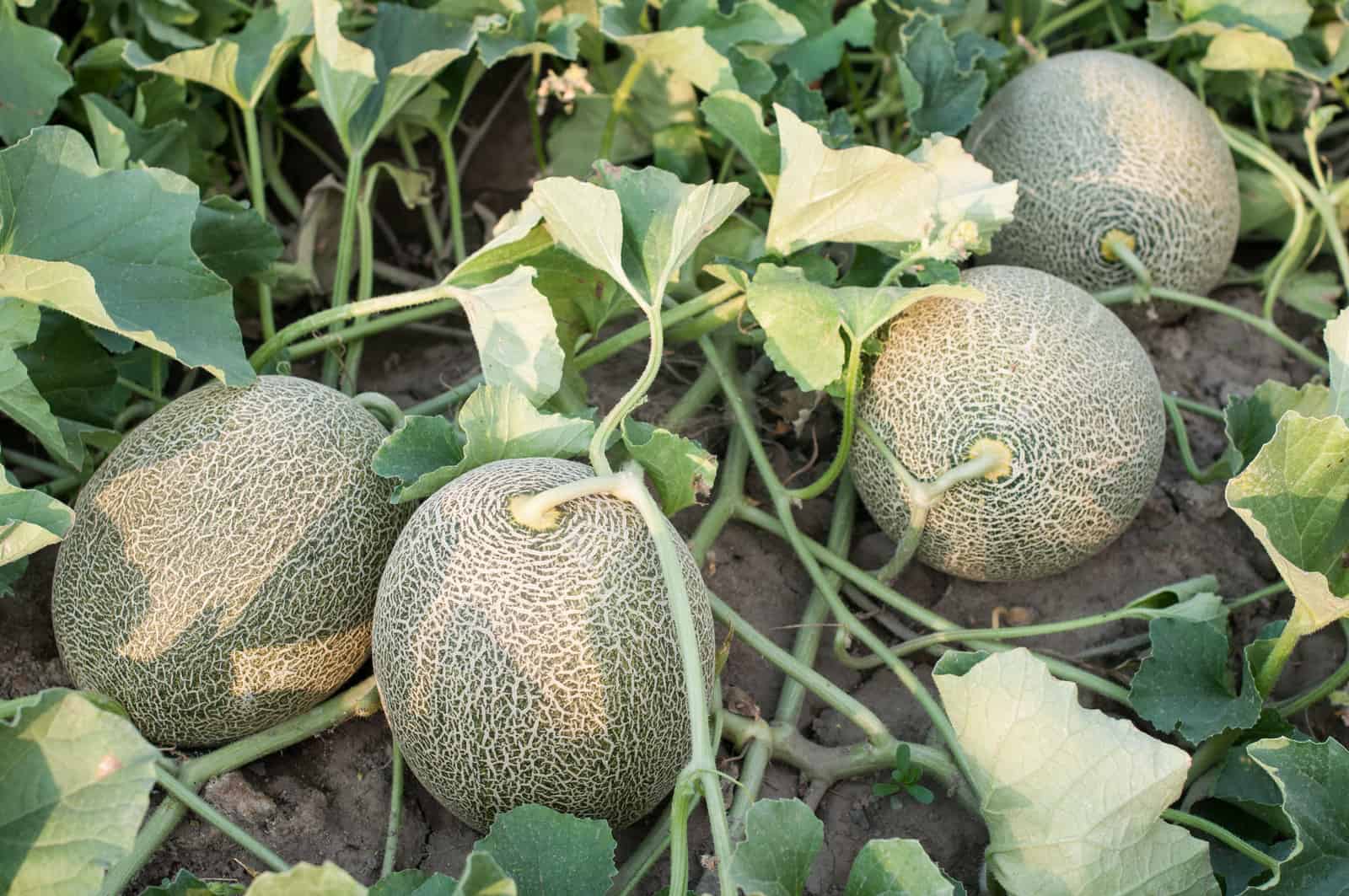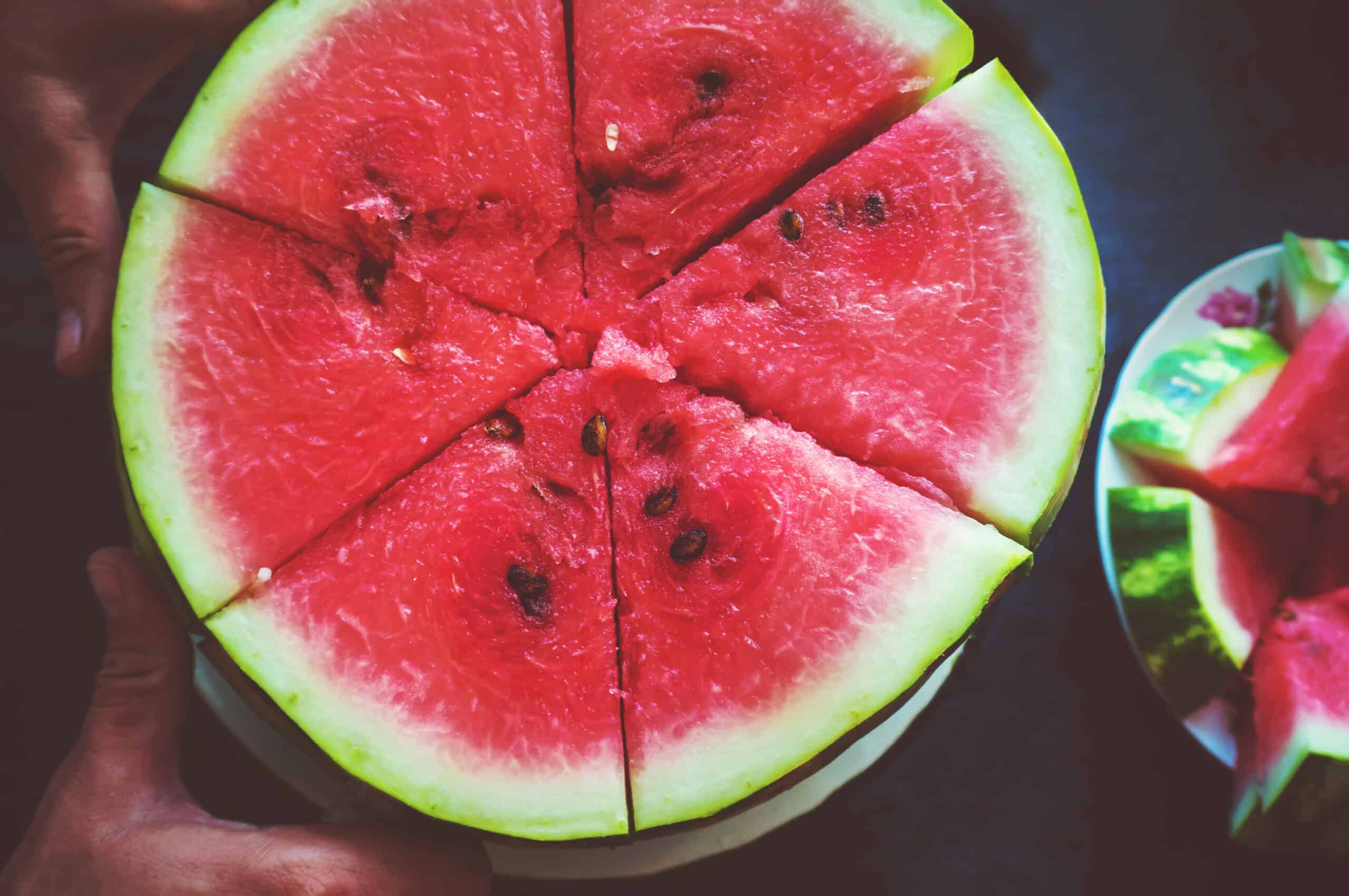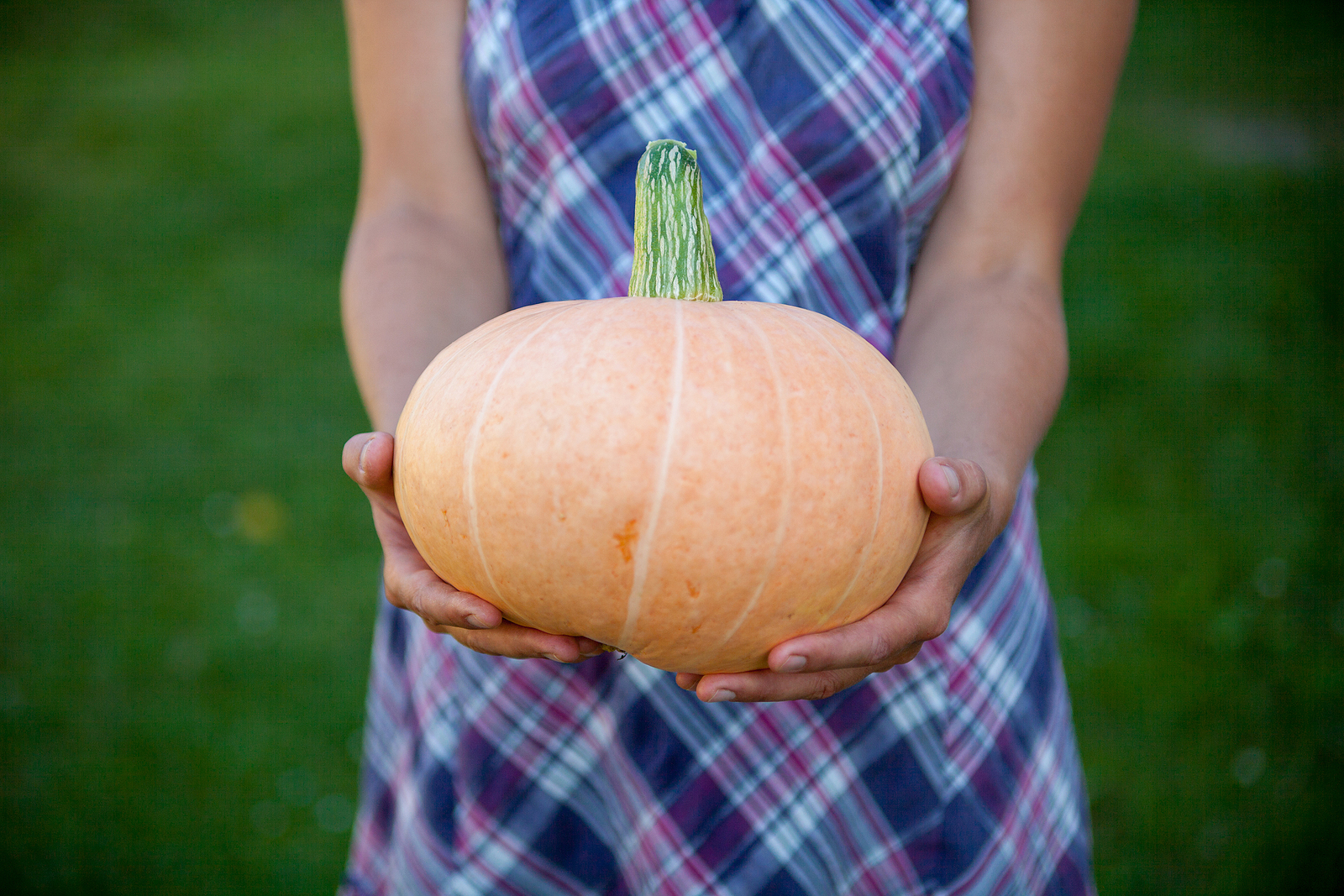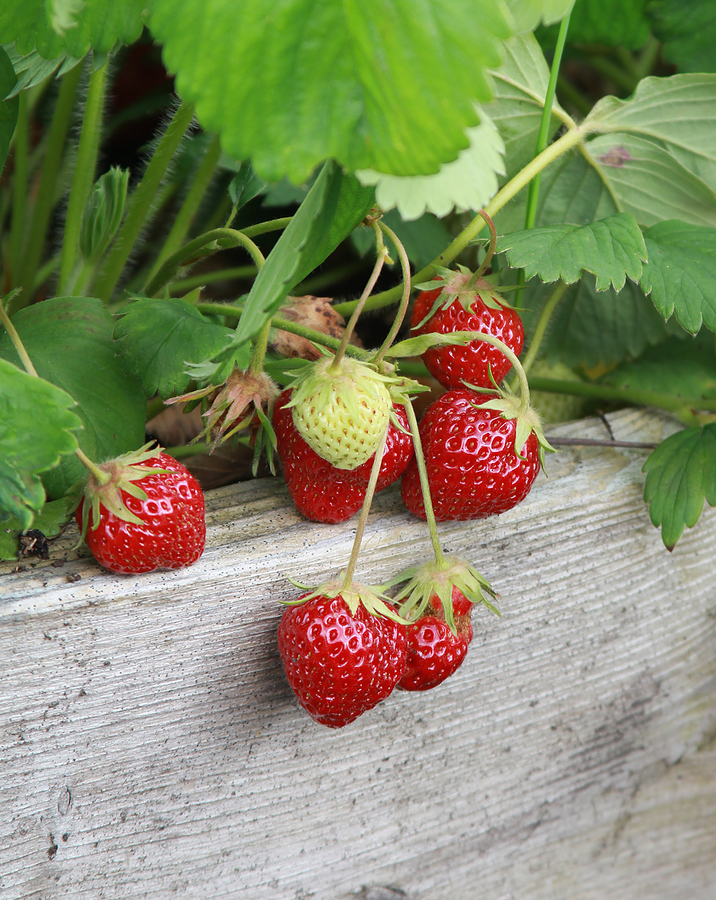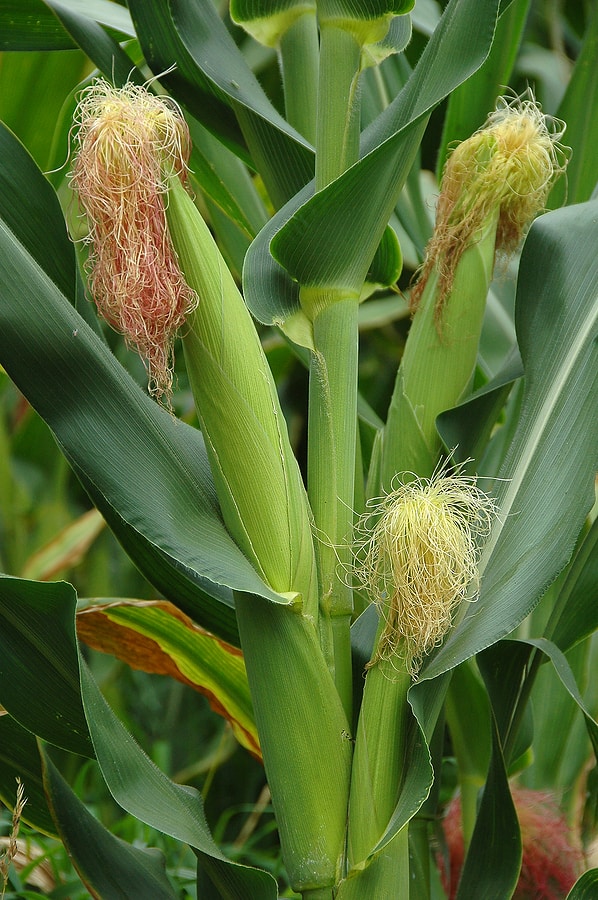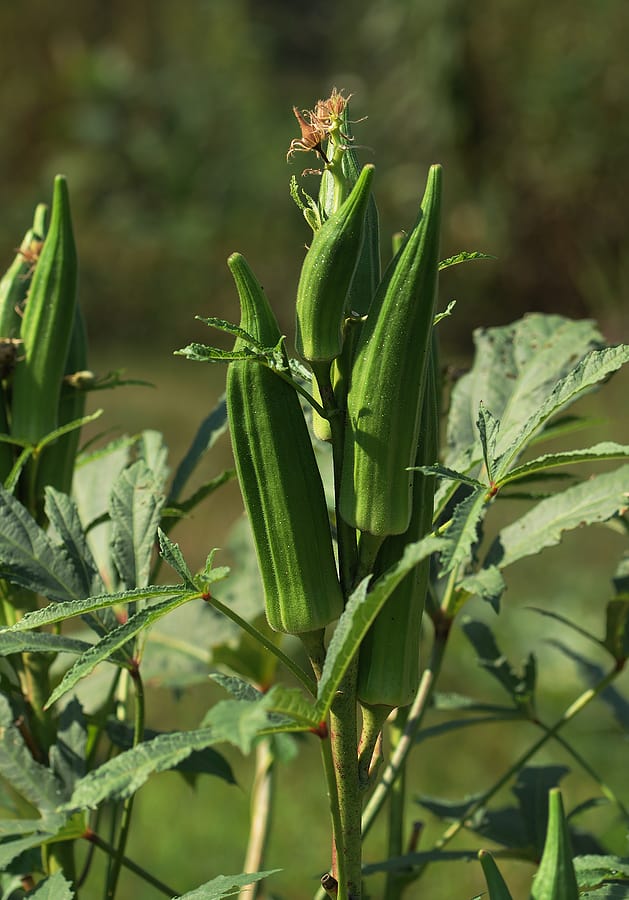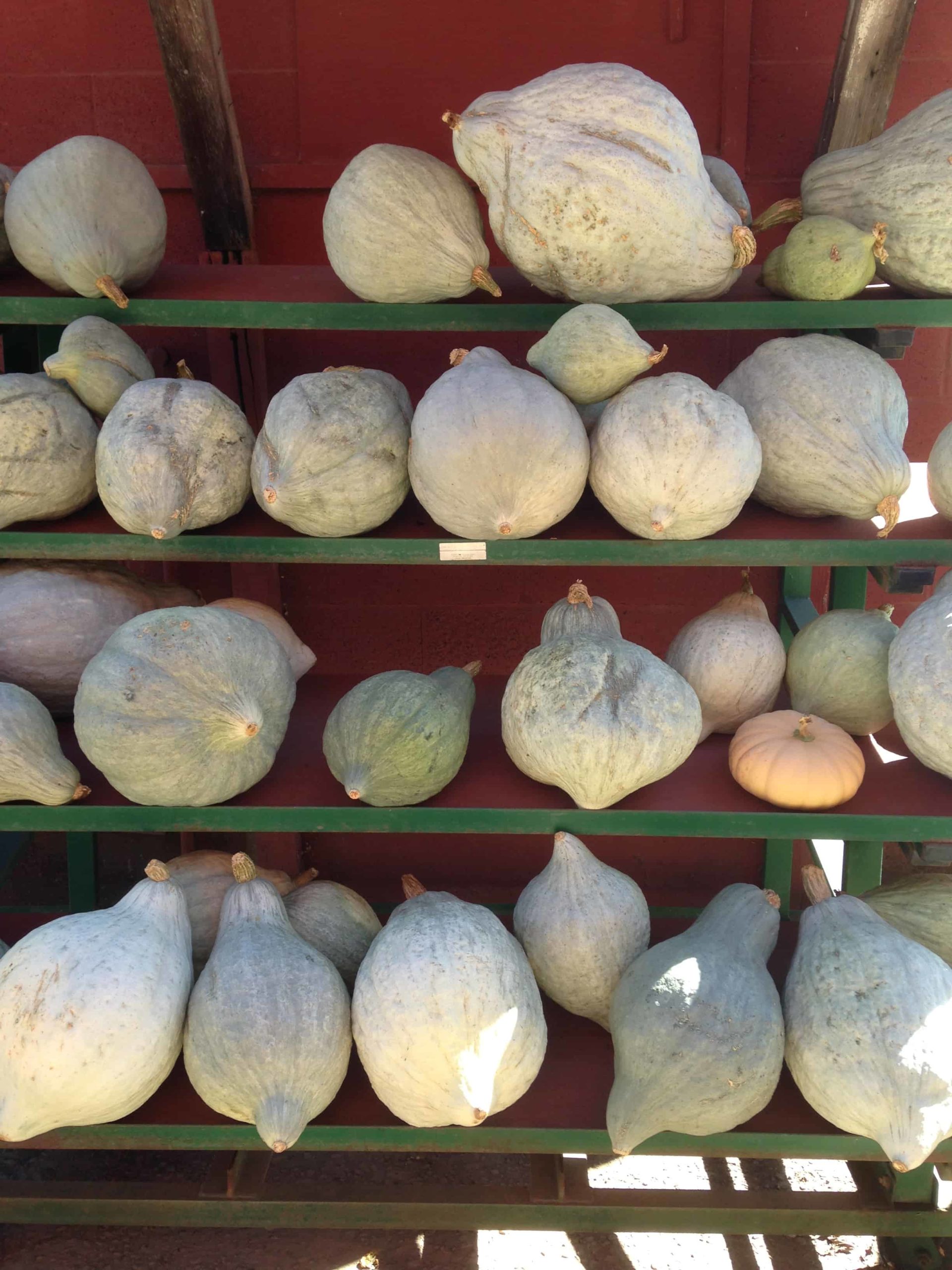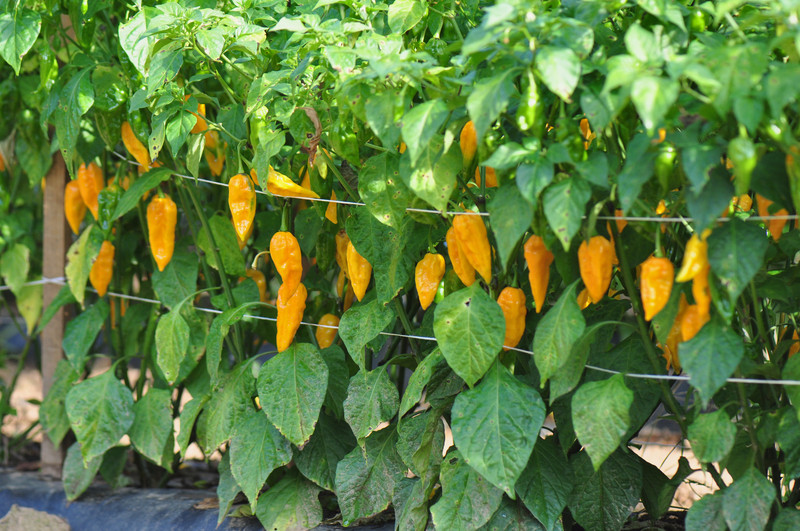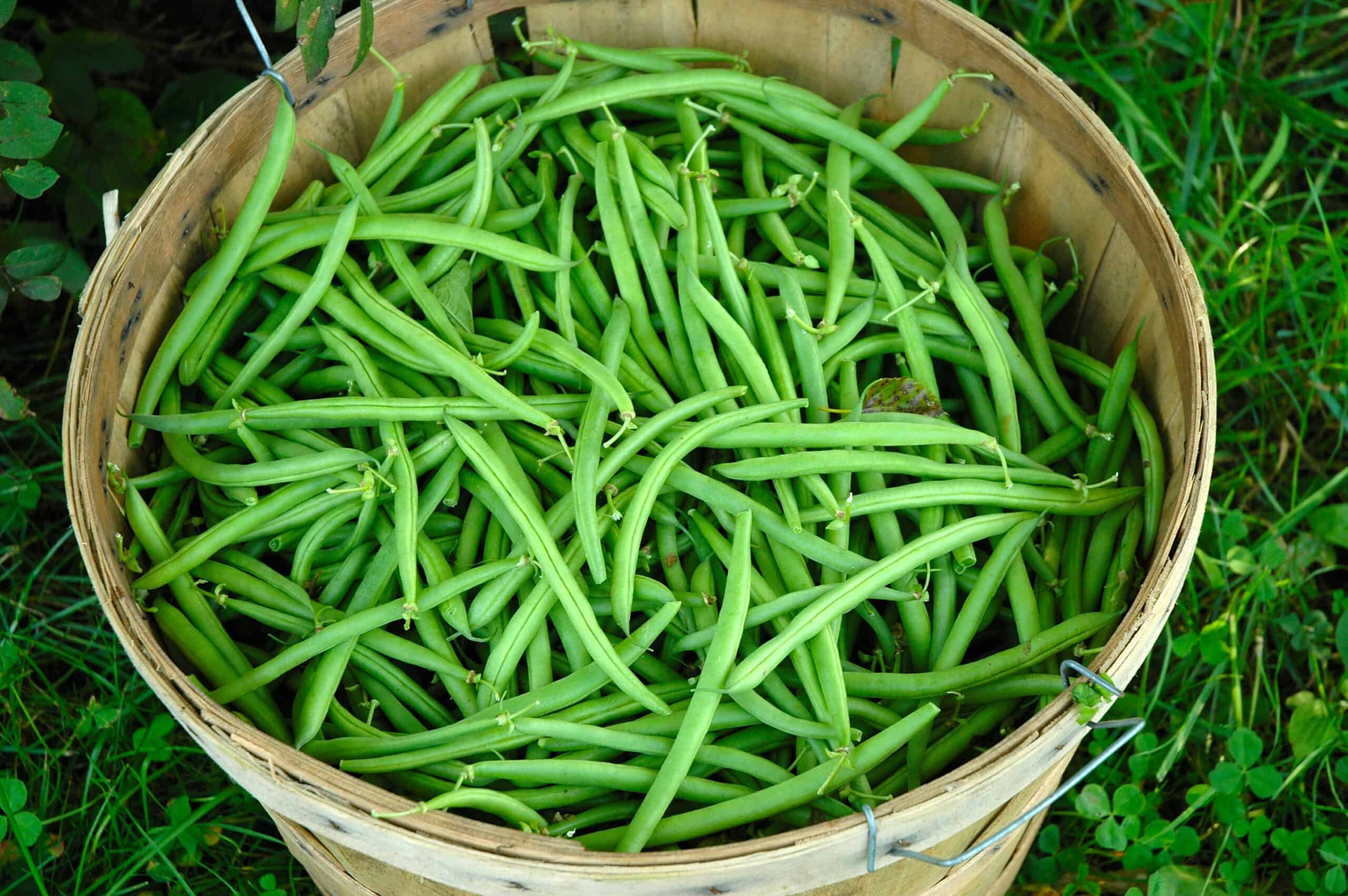Harvest and Storage
Latest stories
More stories
-
How to Tell When Melons Are Ripe
Melons are ready to harvest when they smell sweet and come away from the vine easily. Each type of melon offers visual, tactile, and aromatic clues to ripeness. I’ve grown melons for years in raised beds, mounded beds, and even containers. Here’s how I recognize ripeness signs for each variety: General Signs of Ripe Melons […] More
-
The Gardener’s Guide to Harvesting and Storing Melons for Peak Flavor
After growing dozens of melon varieties in my warm Sonoma Valley garden over the past three decades, I’ve learned that harvesting melons at peak ripeness—and storing them properly—is just as important as planting and caring for the vines. Knowing the right time to pick and how to handle each type—whether it’s a fragrant Galia, a […] More
-
Preserving Watermelons for Fresh Eating and Preservation
After growing and harvesting dozens of watermelons over the years—from compact icebox types to sprawling heirlooms—I’ve learned that how you store a watermelon makes all the difference in flavor, texture, and longevity. Whether you’re enjoying a fresh slice on a summer afternoon or preserving your bounty for the off-season, proper storage ensures you get the […] More
-
How and When to Harvest Basil for Maximum Flavor (Tips from an Experienced Gardener)
How to Harvest Basil (and Keep It Growing Strong) After growing basil in my garden for more than 30 seasons, I’ve learned that how and when you harvest makes all the difference in flavor, plant health, and yield. Harvesting basil isn’t just about snipping leaves—it’s about encouraging the plant to keep producing while maximizing the […] More
-
How and When to Harvest Pumpkins
Harvesting pumpkins at just the right time is key to rich flavor and long storage life. I’ll show you how to tell when pumpkins are ripe, the best way to harvest without damaging the fruit, and how to cure them for maximum freshness. Pumpkins are ready for harvest 75 to 115 days from sowing depending […] More
-
Harvesting and Storing Strawberries: Tips for Freshness
Few garden joys match the sweet burst of a just-picked strawberry. After growing strawberries for more than 30 years in raised beds and containers, I’ve learned that how you harvest and store these delicate fruits can mean the difference between a juicy treat and a mushy disappointment. In this guide, I’ll walk you through the […] More
-
How to Harvest and Store Sweet Corn
After more than 30 years of growing sweet corn in my home garden, I’ve learned that harvesting at just the right time is the key to capturing that perfect, sun-warmed sweetness. There’s nothing quite like pulling back the husk to reveal rows of plump, milky kernels—especially when you’ve timed the harvest just right. In this […] More
-
When and How to Harvest Okra for Best Flavor
As someone who has grown okra for many years, I can tell you that timing is everything when it comes to harvesting for the best flavor. Okra is a warm-season vegetable that thrives in hot climates, and its tender pods are a delicious addition to many dishes. But getting them at the right stage—before they […] More
-
Harvesting & Storing Winter Squash for Long-Term Use
Winter squash is one of the best crops for long-term storage, providing homegrown food well into the colder months—but only if it’s harvested at the right time and properly cured and stored. Over the years, I’ve learned firsthand that timing is key when picking squash—harvest too early, and the flavor and storage life suffer; wait […] More
-
When to Harvest Hot Peppers for Maximum Heat
Through years of growing and experimenting with hot peppers, I’ve learned that timing is everything when it comes to harvesting for maximum heat. If you’ve ever wondered why some peppers pack a fiery punch while others seem mild, the secret lies in when you pick them. I’ve tested different harvest stages, from immature green pods […] More
-
When and How to Harvest Tomatoes for the Best Flavor
Harvesting tomatoes at the right time ensures the best flavor, texture, and nutritional value. Over the years, I’ve learned that picking tomatoes too early results in bland fruit, while waiting too long can lead to splitting or overripeness. The key is knowing what to look for and how to handle your tomatoes to get the […] More
-
Harvesting, Storing, and Cooking Snap Beans: A Gardener’s Guide
Through hands-on experience in my home garden,, I’ve learned that timing the harvest just right makes all the difference in flavor and texture. Whether you’re picking crisp bush beans or tender pole beans, harvesting at the peak of freshness ensures the best taste. When picked young and firm, snap beans are sweet, juicy, and perfect […] More

